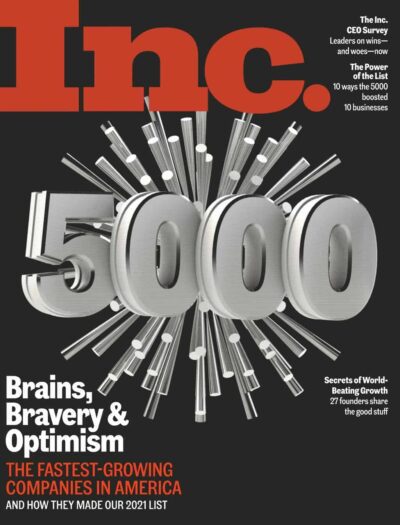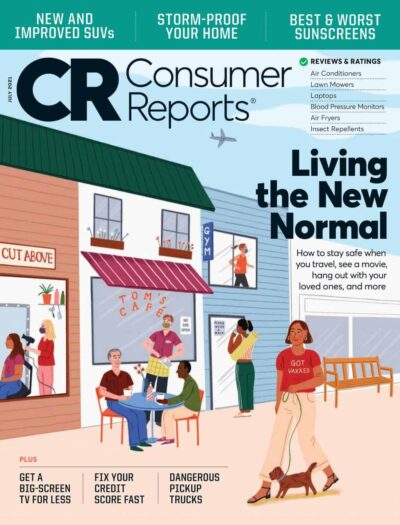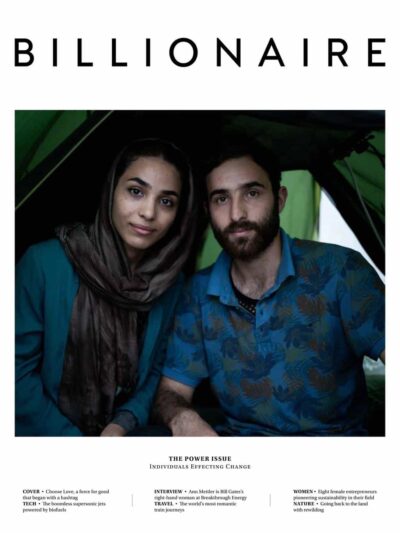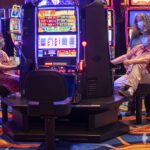

Two Endangered Ferrets Cloned From Genes of Critter Frozen in 1980s
(CHEYENNE, Wyo.) — Two more black-footed ferrets have been cloned from the genes used for the first clone of an endangered species in the U.S., bringing to three the number of slinky predators genetically identical to one of the last such animals found in the wild, the U.S. Fish and Wildlife Service announced Wednesday.
Efforts to breed the first clone, a female named Elizabeth Ann born in 2021, have failed, but the recent births of two more cloned females, named Noreen and Antonia, in combination with a captive breeding program launched in the 1980s, is boosting hopes of diversifying the endangered species. Genetic diversity can improve a species’ ability to adapt and survive despite disease outbreaks and changing environmental conditions.
[time-brightcove not-tgx=”true”]
Energetic and curious, black-footed ferrets are a nocturnal type of weasel with dark eye markings resembling a robber’s mask. Their prey is prairie dogs, and the ferrets hunt the rodents in often vast burrow colonies on the plains.
Black-footed ferrets are now a conservation success story — after being all but wiped out in the wild, thousands of them have been bred in captivity and reintroduced at dozens of sites in the western U.S., Canada and Mexico since the 1990s.
Because they feed exclusively on prairie dogs, they have been victims of farmer and rancher efforts to poison and shoot the land-churning rodents — so much so that they were thought to be extinct, until a ranch dog named Shep brought a dead one home in western Wyoming in 1981. Conservationists then managed to capture seven more, and establish a breeding program.
But their gene pool is small — all known black-footed ferrets today are descendants of those seven animals — so diversifying the species is critically important.
Noreen and Antonia, like Elizabeth Ann, are genetically identical to Willa, one of the original seven. Willa’s remains — frozen back in the 1980s and kept at the San Diego Zoo Wildlife Alliance’s Frozen Zoo — could help conservation efforts because her genes contain roughly three times more unique variations than are currently found among black-footed ferrets, according to the Fish and Wildlife Service.
Elizabeth Ann still lives at the National Black-footed Ferret Conservation Center in Fort Collins, Colorado, but she’s been unable to breed, due to a reproductive organ issue that isn’t a result of being cloned, the Fish and Wildlife Service said in a statement.
Biologists plan to try to breed Noreen and Antonia after they reach maturity later this year.
The ferrets were born at the ferret conservation center last May. The Fish and Wildlife Service waited almost year to announce the births amid ongoing scientific work, other black-footed ferret breeding efforts and the agency’s other priorities, Fish and Wildlife Service spokesman Joe Szuszwalak said by email.
“Science takes time and does not happen instantaneously,” Szuszwalak wrote.
Cloning makes a new plant or animal by copying the genes of an existing animal. To clone these three ferrets, the Fish and Wildlife Service worked with zoo and conservation organizations and ViaGen Pets & Equine, a Texas business that clones horses for $85,000 and pet dogs for $50,000.
The company also has cloned a Przewalski’s wild horse, a species from Mongolia.
Get the latest work and career updates delivered straight to your inbox by subscribing to our magazine category today. Stay informed and ahead of the game with Subscrb.
The content on this website has been curated from various sources and is for informational purposes only. We do not claim ownership of any of the content posted here, all rights belong to their respective authors. While we make every effort to ensure that the information is accurate and up-to-date, we cannot guarantee its completeness or accuracy. Any opinions or views expressed on this website are solely those of the original authors and do not necessarily represent our own. We do not endorse or take responsibility for the content or actions of external websites or individuals linked from this website. Any reliance on the information provided on this website is done at your own risk. Please note that this article was originally seen on the source website TIME, by the author MEAD GRUVER / AP
-
SALE!




Forbes Asia Magazine Subscription
From: RM220 / year -
SALE!


Fortune Magazine Subscription
From: RM118 / year -
OUT OF STOCK




The Economist Magazine Subscription
From: RM1530 / year -


Inc. Magazine Magazine Subscription
From: RM22 / year -


Consumer Reports Magazine Subscription
From: RM22 / year -


Harvard Business Review Magazine Subscription
From: RM83 / month -


Entrepreneur’s Startups Magazine Subscription
From: RM4 / year -


BILLIONAIRE Magazine Subscription
From: RM131 / year



